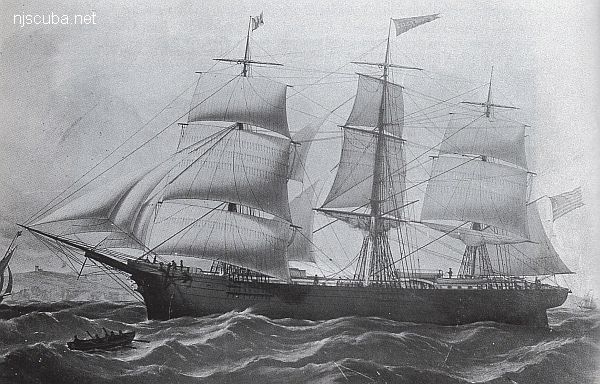
- Type:
- shipwreck, sailing ship, Germany
- Built:
- 1855, ?, Damariscotta ME USA
- Specs:
- ( 204 x 42 ft ) 1812 tons
24 crew - Sunk:
- Sunday October 14, 1883
ran aground in fog - no casualties - Depth:
- 20 ft
wood wreck
More: Meta ...
More: Dive Sites ...

wood wreck
More: Meta ...
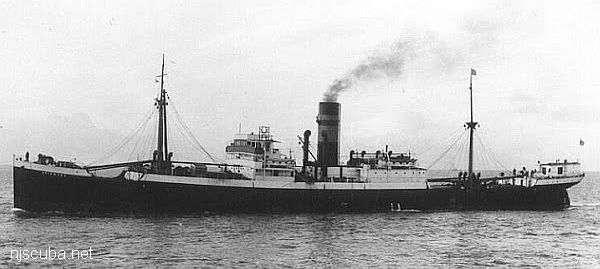
More: Miraflores ...
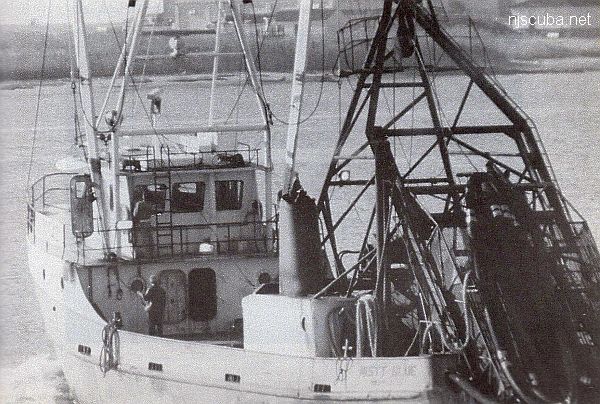
More: Misty Blue ...

More: Mohawk ...
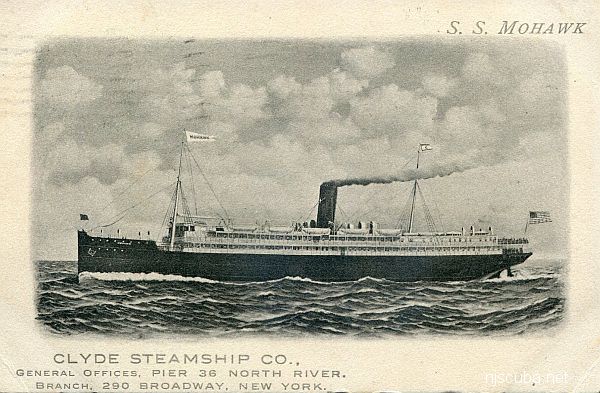
More: Mohawk (older) ...
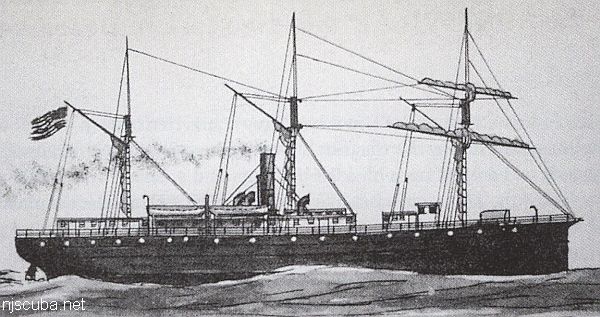
More: Montgomery ...